Royal commission: Aged-care split over reforms
The aged-care final report makes contrasting recommendations for a new model that means higher taxes or greater-user pay contributions.
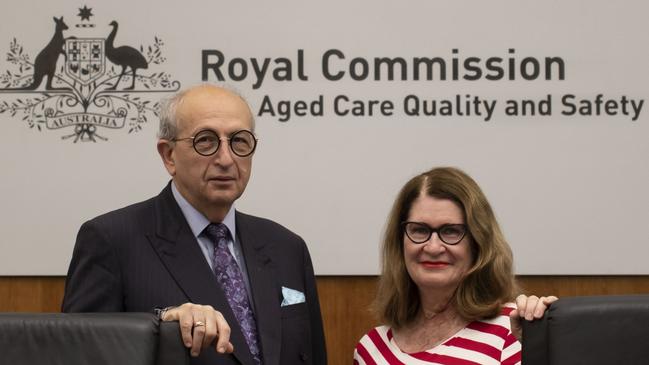
The aged-care royal commission has split, with the two commissioners giving conflicting recommendations on how the sector should be reformed and funded.
The commission’s final report, to be released on Monday, contains contrasting recommendations for a new model that would mean either higher taxes or greater-user pay contributions to fix funding shortfalls, multiple sources said.
It is believed there are more than 100 recommendations in the final report that are not in dispute, including urgent findings outlined in last October’s interim report related to home-care packages, over-reliance on chemical restraint in nursing homes and stopping younger people with disabilities moving into aged care.
However, The Australian has confirmed that a “philosophical” dispute between the two commissioners has led to a series of additional recommendations that were not unanimous findings.
It is understood that commissioner Tony Pagone QC was of the view that an independent agency be established outside the Health Department to administer the aged-care sector based on a view that governments had failed to manage it properly and were at the root of systemic problems.
However, commissioner Lynelle Briggs is believed to have been strongly of the view that government should retain the overall administrative functions and that the sector be centrally managed.
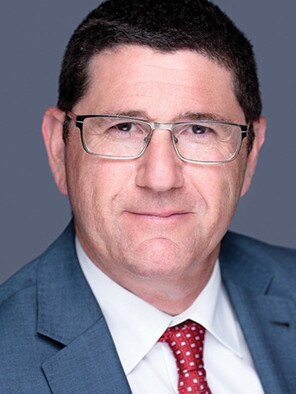
There was also a split over how the sector should be funded into the future and whether aged care should be based on the same health principle of universal care or whether there should be more user-pay contributions.
The split will present a political minefield for the Morrison government, which had tasked the commission, established in October 2018, with laying out a path for the embattled aged-care sector.
The lack of agreement between the commissioners will also undermine hopes across the sector that the final report would offer the government a clear blueprint for reform.
A 500-page submission by counsel assisting Peter Rozen QC and Peter Gray QC described the rate of sexual abuse at aged-care homes as a “national shame”, noting one in five people in nursing homes received “substandard care”. Older people found the aged-care system “overwhelming, frightening and intimidating,” Mr Rozen and Mr Gray wrote.
Legal experts, including the Attorney-General’s Department, believe that it is almost without precedent for a royal commission to have split to such a degree over its final recommendations.
However, the scope of the inquiry was also unusual as it required commissioners for the first time to examine an entire department and sector including its legal framework, governance, quality of care and finance.
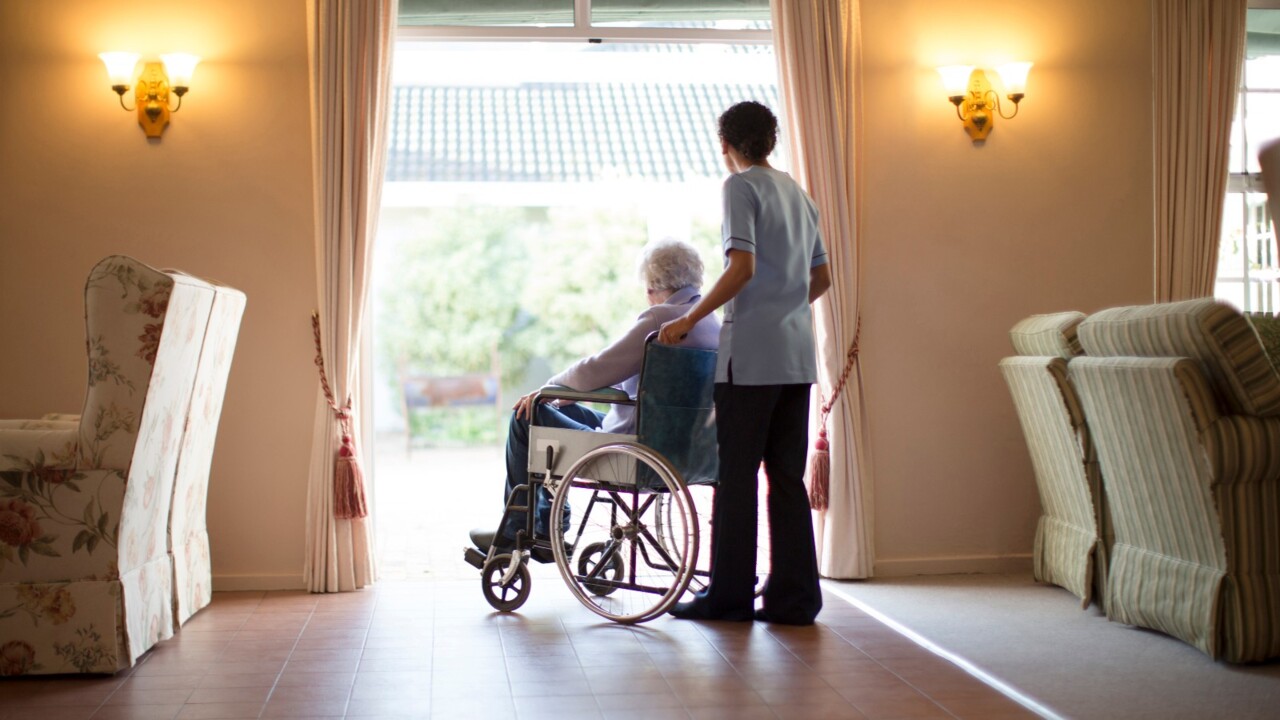
Mr Pagone, a former Federal Court judge, replaced Richard Tracey as commission chair after his death in October 2019.
Ahead of releasing the government’s interim response, which will include immediate funding support, Health Minister Greg Hunt said on Sunday that the final report would be a “monumental contribution both in terms of scope and vision”.
“For the future of stronger, better aged care, focused on respect and care,” he said. “It runs to eight volumes and it is a monumental work. We’re just working through it, and we will very shortly have an interim response,” Mr Hunt said.
Aged-care funding packages actioning key recommendations made in the royal commission’s final report, expected to include additional home care places and training support for staff, will be a centrepiece of the May 11 budget.
The final report is expected to endorse a new aged-care act that enshrines a universal right to receive safe, timely and quality care. It is also expected to call for an end to the rationing of aged- care services and to make recommendations about the aged care workforce in nursing homes, though whether it will call for mandated staff-to-resident ratios or call on residential facilities to have a trained nurse on hand 24-hours a day is uncertain.
Australian Aged Care Collaboration representatives Patricia Sparrow and Sean Rooney, representing operators across the sector, said after more than 20 government reviews over two-decades, it was time to fix a broken system and end the “drip feed of ad hoc measures”.
The AACC said $21bn of the $26bn spent annually on aged care came in the form of government-subsidised care, with the remainder funded by individuals. In 2017-18, 16,000 vulnerable Australians died while waiting for government-subsidised home care support packages.
The interim royal commission report found the rates of physical and chemical restraint, the use of drugs including sedatives and psychotropic medication, by aged care providers was “too high and largely unregulated”.
“Unfortunately chemical and physical restraint is the easiest ‘care’ practice for many, but it is a pathway for people with dementia that is not in line with our human rights or best practice,” the report said. A “particularly troubling” case examined by the royal commission involved the use of Oxazepam in Victoria, where an 83-year-old resident with advanced Alzheimer’s dementia was prescribed the drug.
The proposal for a new aged-care commission to sit independently from the government to approve organisations providing aged care services, regulate quality and safety of care and dispense funding to providers was proposed by counsel assisting the commission in their final submission last October.
At the time, Ms Briggs said it would be difficult for a government to hand over $20bn a year in aged-care funding without it having “clear oversight”. But Mr Pagone said he was of a mind to support the recommendation.
Close observers of the royal commission noticed a philosophical difference in approaches since Mr Pagone was brought on to the commission in October 2019.

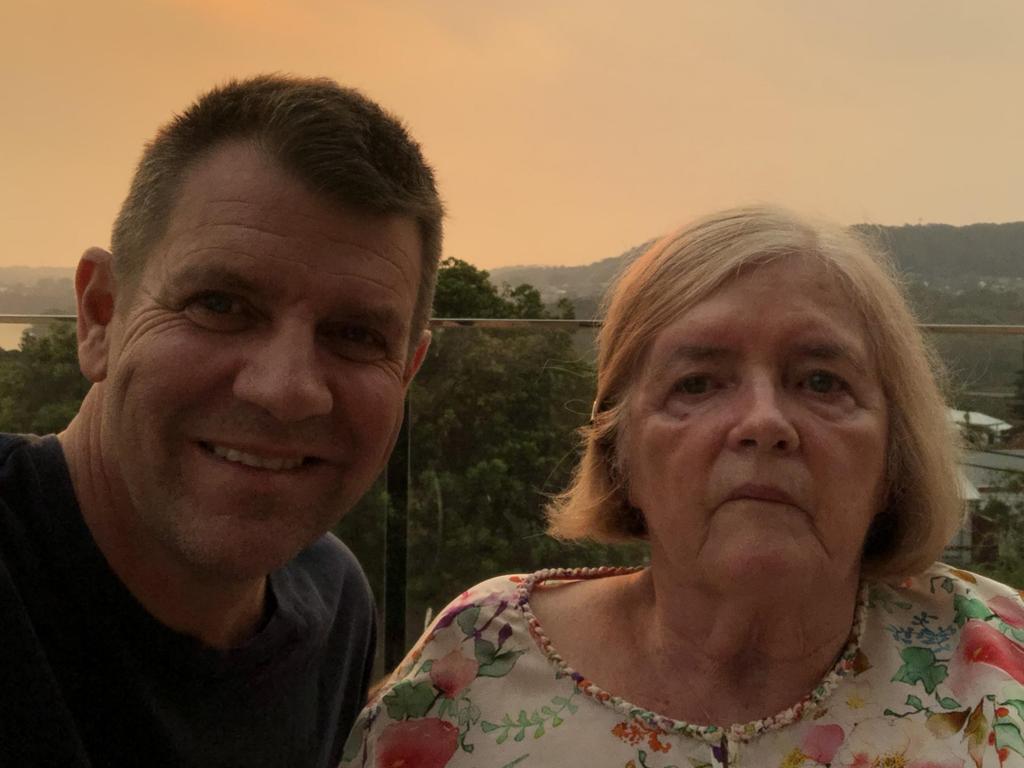
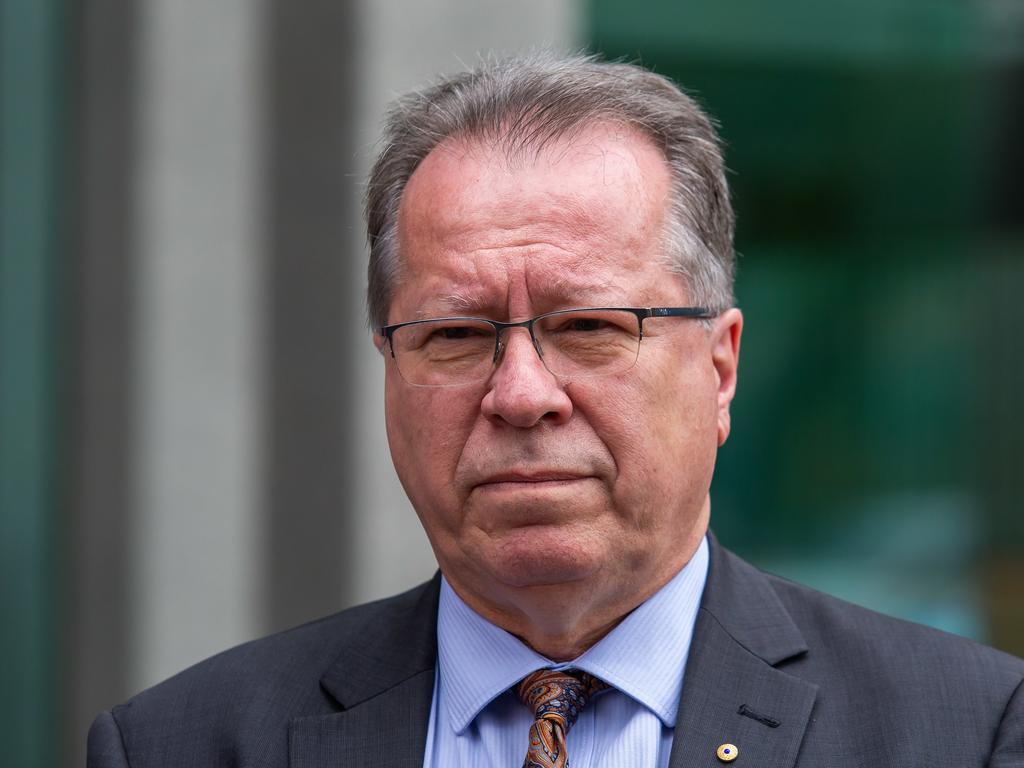
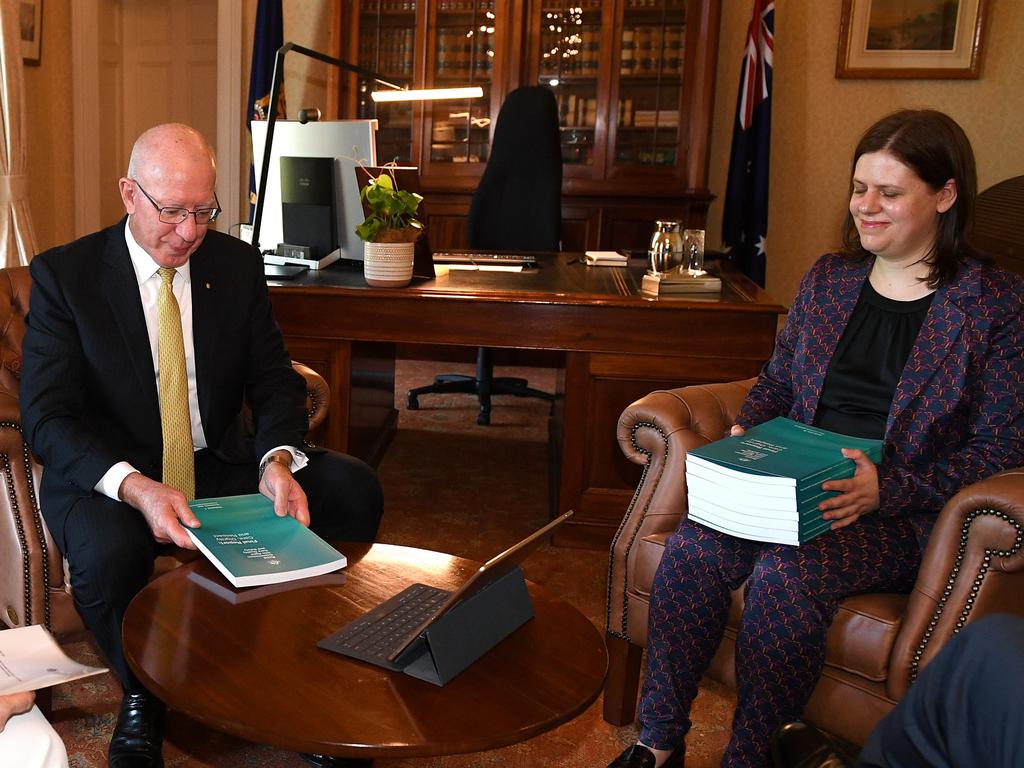


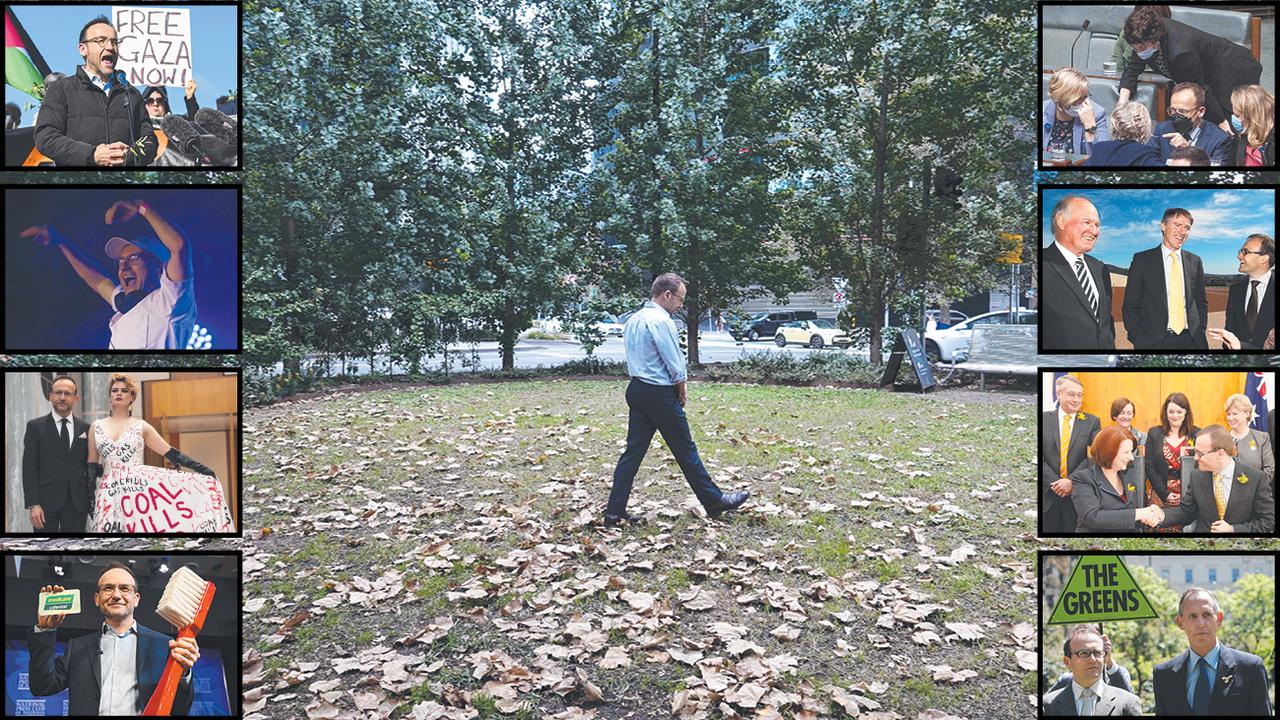
To join the conversation, please log in. Don't have an account? Register
Join the conversation, you are commenting as Logout